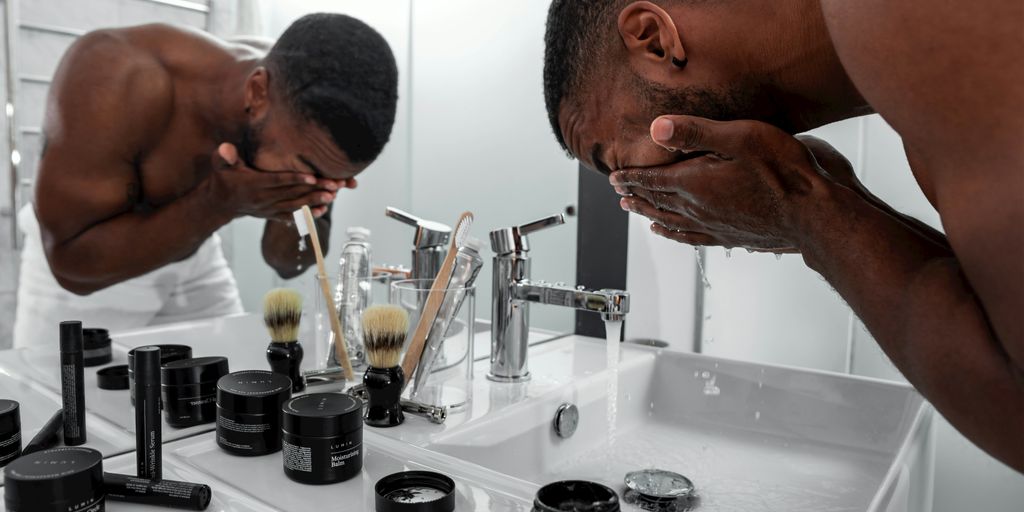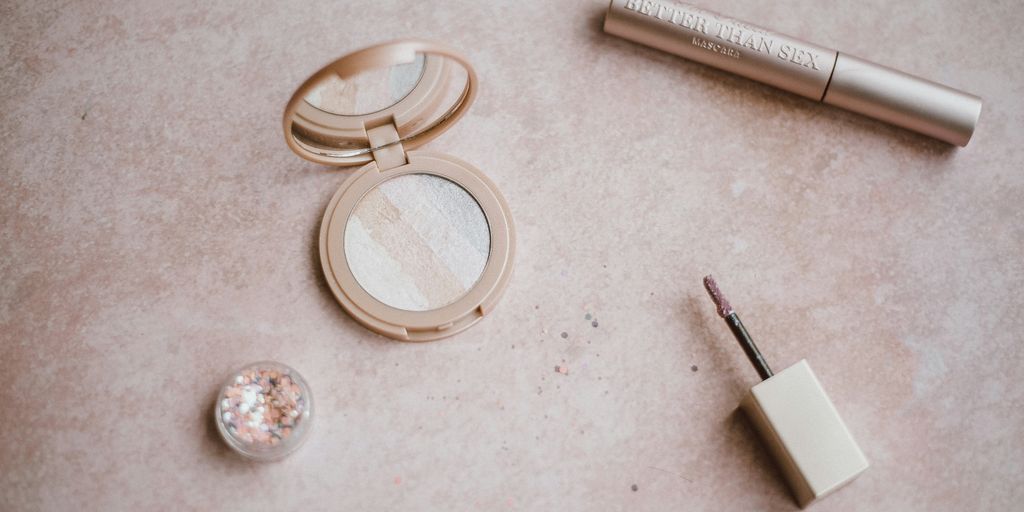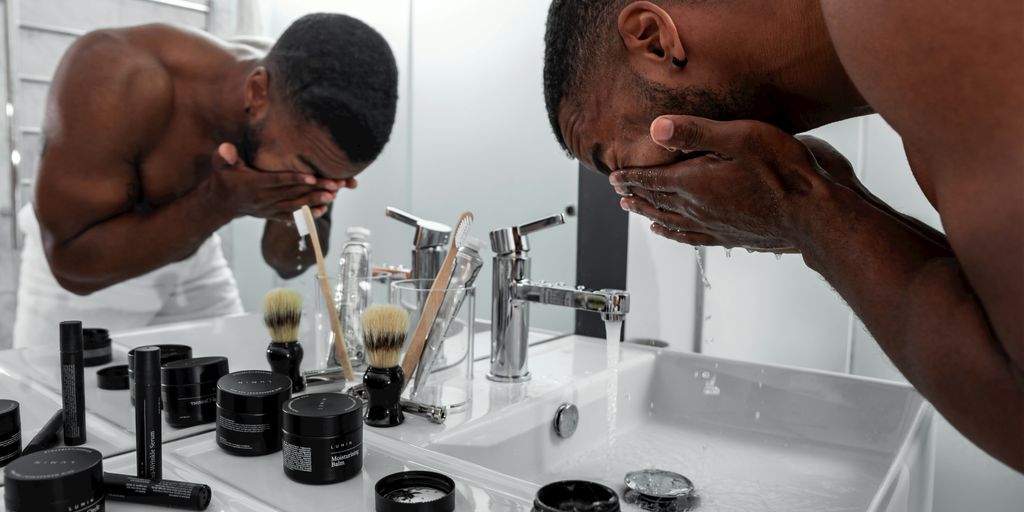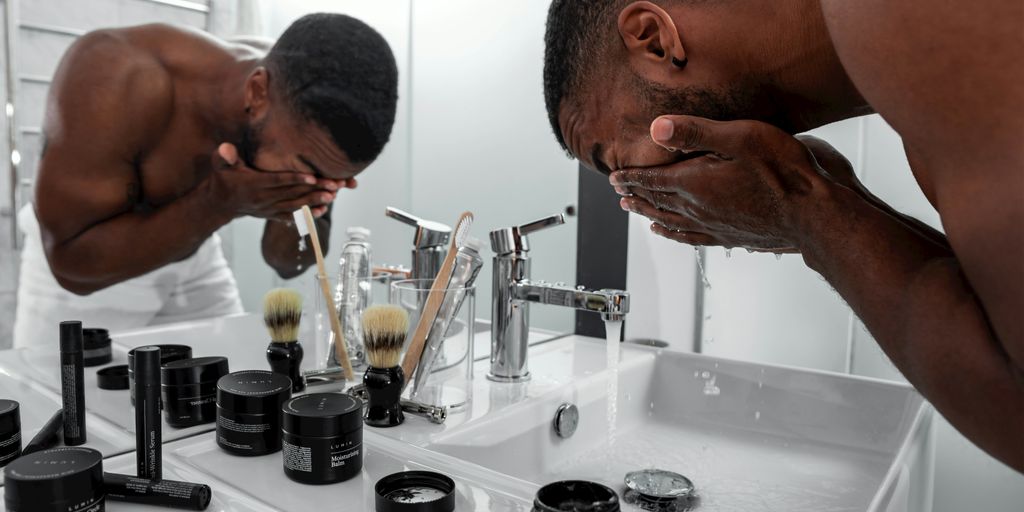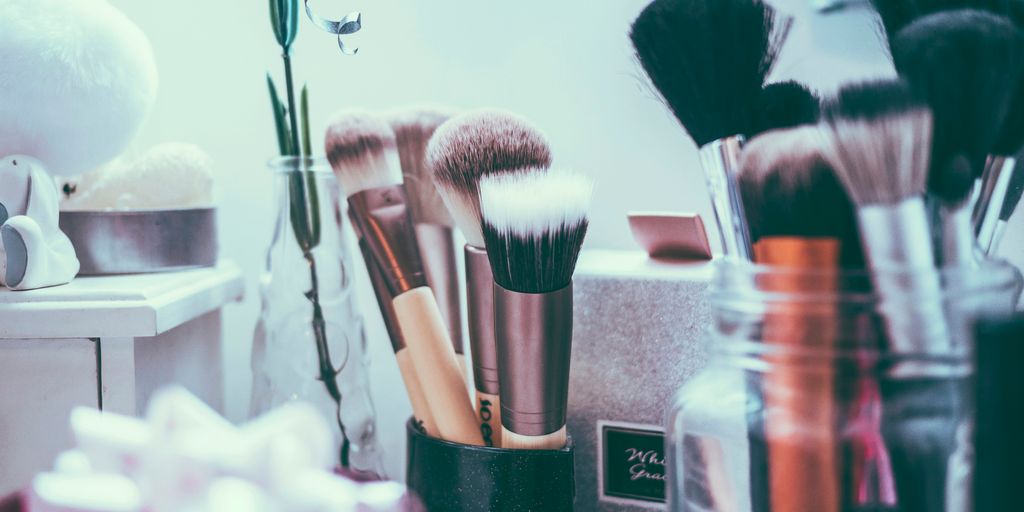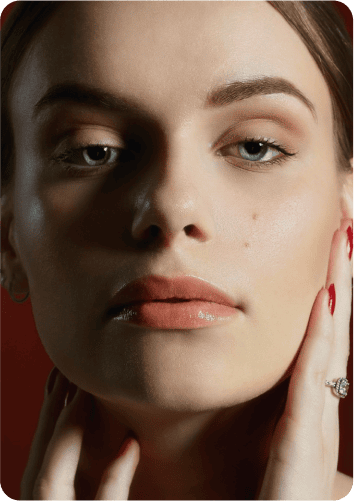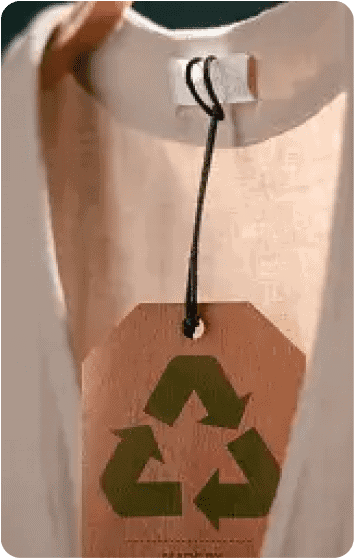In recent years, the beauty industry has seen a significant shift towards cruelty-free practices, and consumers are becoming more aware of the brands they support. Olay, a well-known skincare brand, has faced scrutiny regarding its animal testing policies. As of 2025, many people are asking: is Olay cruelty free? This article will explore Olay’s stance on animal testing, its parent company’s influence, and what certifications mean for consumers.
Key Takeaways
- Olay’s animal testing policies have evolved, and they currently do not test on animals except where required by law.
- Procter & Gamble, Olay’s parent company, is committed to reducing animal testing and investing in alternatives.
- Olay does not hold the Leaping Bunny certification but has received PETA’s cruelty-free certification.
- Consumer demand for cruelty-free products is growing, influencing brands like Olay to adapt their policies.
- There are many cruelty-free alternatives to Olay for consumers looking for skincare options without animal testing.
Understanding Olay’s Animal Testing Policies

Current Stance on Animal Testing
Okay, so let’s get into Olay’s current position on animal testing. It’s a bit of a maze, honestly. Olay states that they don’t test their products on animals, which sounds great, right? But here’s the thing: it’s not always that simple. Sometimes, even if the company itself doesn’t do the testing, their products might still get tested when required by law in certain countries. It’s a common practice in the beauty industry, and it’s something to keep in mind.
Historical Context of Animal Testing
Animal testing in the cosmetics industry has a pretty long and not-so-great history. For ages, companies used animals to check if their products were safe for humans. Think back to the days when regulations were way less strict. It was pretty standard practice. Over time, people started questioning whether it was really necessary, and thankfully, things have been changing. There’s been a growing push for cruelty-free alternatives, and that’s led to some major shifts in how companies operate. It’s a journey, and we’re still on it.
Recent Changes in Policy
So, what’s been happening lately with Olay’s policies? Well, there’s been some movement, but it’s not always super clear-cut. Olay’s parent company, Procter & Gamble (P&G), has been investing in alternative testing methods. They’ve put millions into developing ways to test products without using animals, which is a step in the right direction. But, like I said before, the whole mandatory testing thing in certain countries can still be an issue. It’s a bit of a back-and-forth, but the trend seems to be leaning towards reducing and eventually eliminating animal testing.
It’s important to stay informed and do your research. Things change fast, and what’s true today might not be true tomorrow. Keep an eye on updates from Olay and P&G, and check out what organizations like PETA and Leaping Bunny have to say. The more you know, the better you can decide what products to buy.
The Impact of Olay’s Parent Company
It’s important to consider the role of Olay’s parent company, Procter & Gamble (P&G), when evaluating its animal testing policies. P&G’s overall stance and actions significantly influence Olay’s practices. Let’s take a look at P&G’s broader commitments and how they play out for Olay.
Procter & Gamble’s Commitment to Cruelty-Free Practices
Okay, so P&G is a huge company, right? They own tons of brands. P&G has stated they are committed to reducing and ultimately eliminating animal testing. They’ve invested a lot in developing and using alternative testing methods. But, because they sell products in countries where animal testing is required by law, it gets complicated. It’s not as simple as just saying they’re 100% cruelty-free across the board. They’re working on it, but there’s still a ways to go.
Collaborations with Animal Welfare Organizations
P&G doesn’t just do their own thing; they actually team up with animal welfare groups. These collaborations are meant to help push forward the development and acceptance of non-animal testing methods. They work with organizations like the Humane Society International and others to fund research and training programs. It’s a way to get different perspectives and make sure they’re on the right track. These collaborations can help to:
- Fund research into alternative testing methods.
- Promote the acceptance of non-animal tests by regulatory bodies.
- Share information and best practices across the industry.
Investment in Non-Animal Testing Alternatives
One thing P&G has been doing is putting money into finding new ways to test products that don’t involve animals. They’ve been researching things like in vitro testing (testing in labs with cells or tissues) and computer modeling. This kind of research is expensive, but it’s seen as the way forward. The goal is to create tests that are just as good, or even better, than animal tests at predicting how a product will affect humans. They’ve invested millions in this, which shows they’re serious, but it takes time for these alternatives to be fully developed and accepted worldwide.
P&G’s investment in alternatives is a long-term game. It’s not just about finding a quick fix; it’s about changing the whole way product safety is assessed. This includes working with governments and other companies to get these new methods recognized and used everywhere.
Certifications and Cruelty-Free Status
It’s easy to get lost in the world of skincare, especially when trying to make ethical choices. Certifications can act as a beacon, guiding consumers toward brands that align with their values. Let’s break down what some of these certifications mean for Olay and the broader beauty industry.
Leaping Bunny Certification Explained
The Leaping Bunny Program is probably the most recognizable cruelty-free certification around. It signifies that a company has made a voluntary pledge to eliminate animal testing at all stages of product development. This includes not just the finished product, but also individual ingredients. Companies undergo independent audits to ensure they meet the Leaping Bunny standard.
To get certified, brands need to:
- Implement a supplier monitoring system.
- Accept independent audits.
- Renew their commitment annually.
PETA Cruelty-Free Certification
PETA’s (People for the Ethical Treatment of Animals) cruelty-free certification is another important indicator for consumers. PETA maintains two lists: one for companies that don’t test on animals and another for those that are also vegan. Getting on PETA’s list usually involves filling out a questionnaire and signing a statement of assurance. It’s a good starting point, but it’s worth noting that PETA’s certification process differs from Leaping Bunny’s, relying more on company-provided information.
What These Certifications Mean for Consumers
These certifications offer a level of assurance, but it’s important to understand their limitations. While a certification like Leaping Bunny involves thorough audits, others might rely more on self-reporting. As a consumer, it’s always a good idea to do your own research and understand what each certification truly represents. Look beyond the logos and delve into a brand’s actual practices and policies.
Ultimately, the goal is to make informed decisions that reflect your personal values. Certifications are helpful tools, but they shouldn’t be the only factor in your purchasing decisions. Consider a brand’s overall commitment to ethical practices, transparency, and sustainability. By doing so, you can support companies that are truly making a difference in the world.
Consumer Perspectives on Cruelty-Free Products
Growing Demand for Cruelty-Free Skincare
It’s pretty clear that more and more people are looking for skincare that hasn’t been tested on animals. You see it everywhere – online, in stores, and even just talking to friends. This isn’t just a trend; it’s a real shift in how people think about the products they buy. People are becoming more aware of what goes into making their favorite creams and lotions, and they’re not afraid to demand better.
How Consumers Influence Brand Policies
Brands definitely pay attention to what consumers want. If enough people start choosing cruelty-free options, companies that still test on animals will feel the pressure to change. It’s all about supply and demand. If we, as consumers, show that we value ethical practices, brands will have to adapt to stay competitive. It’s a powerful position to be in, really.
The Role of Social Media in Advocacy
Social media has become a huge platform for spreading awareness about animal testing. People share information, review products, and call out brands that aren’t cruelty-free. It’s a way to connect with others who care about the same issues and to make our voices heard.
Social media allows consumers to quickly share information about brands’ animal testing policies, influencing purchasing decisions and encouraging companies to adopt cruelty-free practices. This collective online voice amplifies the demand for ethical products and holds brands accountable.
Here are some ways social media helps:
- Sharing information about cruelty-free brands.
- Organizing campaigns to boycott companies that test on animals.
- Posting reviews of cruelty-free products.
Alternatives to Olay for Cruelty-Free Skincare
If you’re looking to switch from Olay to brands that don’t test on animals, you’ve got some great options. It’s all about finding what works for your skin while aligning with your values. Let’s explore some alternatives.
Top Cruelty-Free Brands to Consider
There are many brands out there that are committed to being cruelty-free. Here are a few to consider:
- Farmhouse Fresh: This brand uses freshly harvested botanicals from their own farm. They are cruelty-free and committed to animal rescue efforts. They offer products for anti-aging, dryness, oiliness, acne, redness, discoloration, and sensitive skin.
- Ecco Bella: Ecco Bella offers vegan, gluten-free, non-GMO, and cruelty-free skincare products. They are so confident you’ll love their products that they offer a 100% money-back guarantee.
- Studio Gear: Studio Gear’s American-made skincare line includes an anti-aging complex, cleanser, eye cream, night cream, exfoliating pads, and anti-aging skincare routine bundles.
- Suzanne Organics: Suzanne Organics offers a full line of organic, cruelty-free, gluten-free, non-toxic skincare products made in the USA that are free from sodium lauryl sulfates, silicone, parabens, and PEGs.
- Taylor Made Organics: Taylor Made Organics manufactures clean and organic beauty, facial, and therapeutic skincare products made in the USA with domestically sourced vitamins, botanicals, and minerals.
Comparative Analysis of Ingredients
When switching to cruelty-free brands, it’s a good idea to compare ingredients. Look for brands that prioritize natural, plant-based ingredients and avoid harsh chemicals. Here’s a quick comparison:
| Ingredient | Olay | Cruelty-Free Alternatives | Olay | Cruelty-Free Alternatives and the skincare industry is no exception. Many consumers are actively seeking out brands that align with their values. This shift has pushed companies to reconsider their practices and prioritize cruelty-free options. It’s not just a trend; it’s a real change in how people shop.
Consumers are more informed than ever. They’re using social media, reading reviews, and doing their research to make sure the products they buy are ethical and sustainable. This increased awareness is driving the demand for cruelty-free skincare.
Growing Demand for Cruelty-Free Skincare
More and more people are looking for skincare products that haven’t been tested on animals. This demand is driven by a growing awareness of animal welfare issues and a desire to make ethical choices. Here are some factors fueling this demand:
- Increased awareness of animal testing practices.
- Availability of cruelty-free alternatives.
- Influence of social media and advocacy groups.
How Consumers Influence Brand Policies
Consumers have a lot of power to influence what brands do. By choosing to buy cruelty-free products, they send a clear message to companies that animal welfare matters. Here’s how consumers can make a difference:
- Supporting cruelty-free brands with their purchases.
- Boycotting brands that test on animals.
- Contacting companies to express their concerns.
The Role of Social Media in Advocacy
Social media has become a powerful tool for advocating for cruelty-free products. Consumers can use platforms like Instagram, Twitter, and Facebook to share information, raise awareness, and put pressure on brands to change their policies. Some ways social media helps:
- Spreading awareness about animal testing.
- Organizing campaigns and boycotts.
- Sharing reviews and recommendations of cruelty-free products.
Future of Animal Testing in the Beauty Industry
Trends Towards Cruelty-Free Products
It feels like every day, more and more people are looking for beauty products that haven’t been tested on animals. This isn’t just a fad; it’s a real shift in what consumers want. Brands are starting to notice, and many are changing their ways to meet this demand. You see smaller, independent brands popping up all over the place, and they almost always advertise being cruelty-free right from the start. Even the bigger companies are feeling the pressure and starting to offer more cruelty-free options, or at least trying to appear that way. It’s a competitive market, and no one wants to be seen as out of touch.
Legislative Changes Impacting Animal Testing
Laws around animal testing for cosmetics are changing, but it’s happening at different speeds in different places. Some countries have already banned it completely, which puts pressure on companies to change their practices globally. Other regions are still lagging behind, but the overall trend is clear: more restrictions are coming. This means companies that want to sell their products everywhere need to think seriously about going cruelty-free. It’s not just about ethics anymore; it’s also about being able to do business in a growing number of markets.
The Role of Technology in Skincare Development
Technology is really changing how we develop skincare. We don’t need to rely on animal testing as much anymore. There are now things like:
- In-vitro testing: This involves testing products on cells grown in a lab, which can give us a lot of information about how a product will affect human skin.
- Computer modeling: We can use computers to simulate how a product will interact with the body, which can help us predict potential problems before they even happen.
- Human volunteers: More companies are using human volunteers to test their products, which is obviously a much more ethical way to do things.
These new technologies are not only more ethical, but they can also be faster and cheaper than animal testing. As these methods continue to improve, there’s really no good reason to keep using animals. It’s a win-win for everyone.
How to Make Informed Choices as a Consumer
It can feel overwhelming trying to figure out which brands align with your values, especially when it comes to animal testing. But don’t worry, it’s totally possible to make informed choices! Here’s how:
Researching Brands and Their Practices
Okay, so first things first: do a little digging. Don’t just take a brand’s word for it when they say they’re cruelty-free. Head to their website and look for their animal testing policy. If it’s not easy to find, that’s a bit of a red flag. See if they have a parent company, and then research that company’s policies, too. Sometimes, even if a brand claims to be cruelty-free, their parent company might not be.
- Check the brand’s official website for a detailed animal testing policy.
- Look into the parent company’s practices, if applicable.
- Use reliable online databases that compile cruelty-free brands.
Understanding Labels and Certifications
Those little logos on the packaging? They actually mean something! Certifications like Leaping Bunny and PETA’s cruelty-free logo are good indicators, but it’s still smart to do your own research. See if the certification’s standards match your own. For example, some certifications might allow animal testing when required by law in certain countries. Knowing what the labels stand for is key.
Engaging with Brands on Social Media
Social media isn’t just for sharing selfies; it’s a powerful tool for getting answers. If you’re unsure about a brand’s practices, reach out to them directly on social media. Ask specific questions about their animal testing policy and see how they respond. A brand that’s truly committed to being cruelty-free will be transparent and happy to answer your questions. Plus, you can see what other consumers are saying about the brand.
Remember, your voice matters. By making informed choices and supporting cruelty-free brands, you’re sending a message to the beauty industry that animal testing is no longer acceptable. It’s a journey, not a sprint, and every little bit helps!
As a smart shopper, it’s important to make choices that are good for you and the planet. Start by checking product labels for eco-friendly certifications and reading reviews from other buyers. This way, you can be sure you’re getting quality items that match your values. For more tips on how to shop wisely and make a positive impact, visit our website today!
Final Thoughts on Olay’s Animal Testing Policies
So, after looking into Olay’s animal testing policies, it’s clear they’re making strides towards being more humane. They’ve committed to reducing animal testing and are investing in alternatives. However, the reality is that they still operate in some markets where animal testing is required by law. If being cruelty-free is a deal-breaker for you, it’s worth considering other brands that are fully committed to this cause. Ultimately, it’s about making informed choices that align with your values. We all want to support companies that treat animals with respect, and while Olay is on the right path, there’s still work to be done.
Frequently Asked Questions
Is Olay cruelty-free?
Olay claims to not test on animals, but they are owned by Procter & Gamble, which has a history of animal testing.
What is Procter & Gamble’s policy on animal testing?
Procter & Gamble is working to end animal testing and has invested in alternatives, but they still conduct some tests where required by law.
How can I tell if a product is cruelty-free?
Look for certifications like Leaping Bunny or PETA on the packaging, which show that the product is not tested on animals.
Why is cruelty-free skincare important?
Cruelty-free skincare is important because it means animals are not harmed for cosmetic testing, promoting ethical treatment of animals.
What are some popular cruelty-free skincare brands?
Some well-known cruelty-free brands include The Body Shop, Tarte Cosmetics, and e.l.f. Cosmetics.
How can I support cruelty-free practices as a consumer?
You can support cruelty-free practices by choosing products with cruelty-free certifications and sharing your preferences on social media.
